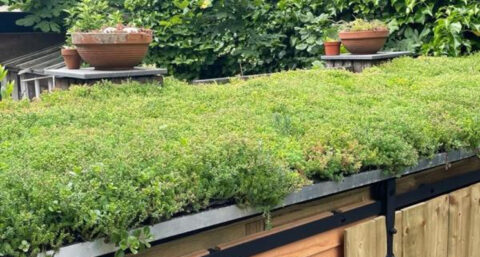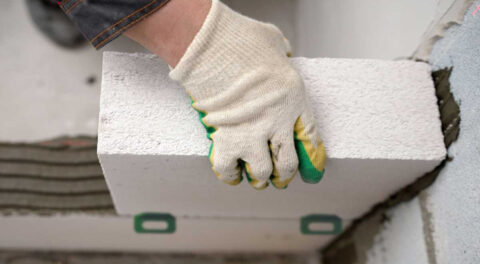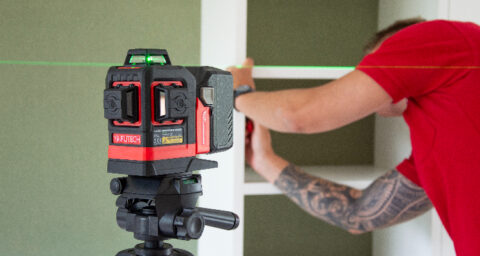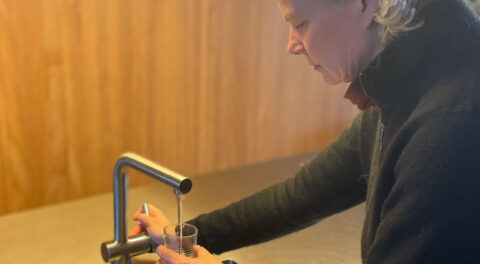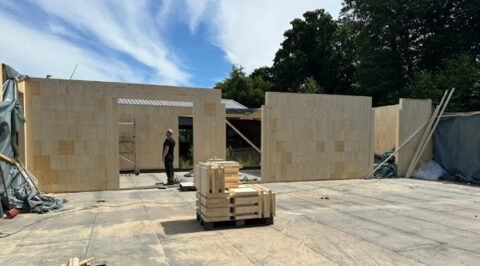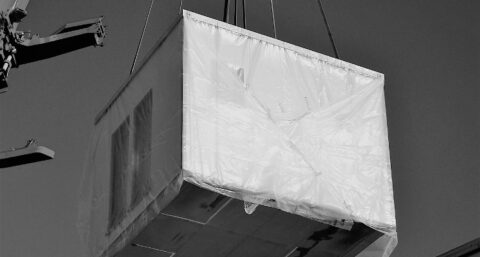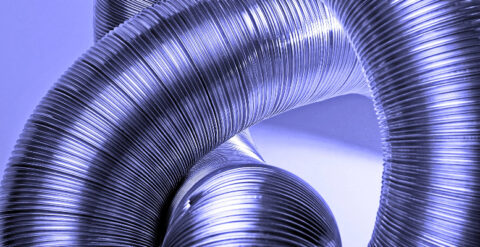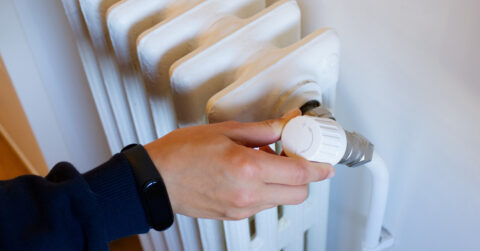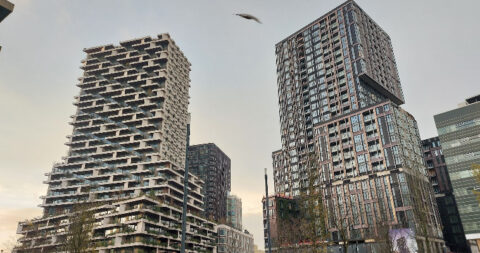Especially in well-insulated homes it is important to ventilate well, after all, residents cannot keep breathing the same air indefinitely. Thanks to a WTW system, this can be done without still letting much of the precious heat slip out of the house. Here's what you need to know about it.
By opening a window or door for a while, or turning on mechanical ventilation, you refresh the air in a home. Unfortunately, at the same time you lose a lot of valuable heat, so you still have to heat (or cool) the house. This can be solved by installing a heat recovery system. Where WTW stands for heat recovery.
Recycling heat
The difference with traditional mechanical ventilation, is that with WTW ventilation, the air in the home (or utility building) is replaced with fresh outside air while maintaining the pleasant temperature as much as possible. This is because the exhaust air is passed through a heat exchanger so that heat is extracted from this indoor air. This heat is then transferred to the cold(r) outside air that is drawn into the house.
The supply and return air pipes are strictly separated and meet only at the heat exchanger. The heated air is then blown into the rooms via valves. Because the same amount of air is always extracted as is blown into the house, WTW ventilation is also called balanced ventilation. As much goes out as goes in, exhaust and supply are balanced. This recycling of heat present in the home results in substantial savings, regardless of whether there is a boiler or heat pump in the home.
Airflow
Ideally, depending on the floor area, one or more ventilation valves are installed in each room from which fresh air flows. The exhaust valves are usually installed in (wet) rooms such as kitchen, bathroom and toilet. It is therefore important that the air can flow freely through the house or building. Through sufficient free space under interior doors (between door and threshold or floor), or by installing vents in interior doors or interior walls.
Well insulated
A CHW system is particularly interesting for well-insulated homes. If this is not the case, it always makes sense to first improve the insulation before installing a central heat recovery system. If the building does not yet have a (mechanical) ventilation system, a major renovation is required. The supply and return ducts must be installed and neatly concealed throughout the house.
Decentralized installation
Are the air ducts missing and it is impossible to build them? Then decentralized ventilation can be an alternative. It is also called local ventilation. Here, a WTW system is installed in the outside wall of a specific room, such as living room, bedroom, or kitchen. The principle otherwise remains the same. However, you do need one WTW wall unit per room to be ventilated.
Not for a while now
In case of emergencies (disasters), windows and doors can be called upon to remain closed. Therefore, it is necessary for customers to be able to temporarily switch off the CHW system. If all goes well, there is a special switch for this. This switch can also be used in the event of an odor nuisance coming from outside, such as a neighbor's barbecue or a fire. Incidentally, despite a WTW ventilation system, residents can feel free to open a window or door from time to time. As soon as it is closed again, the heat exchanger ensures that everything quickly returns to balance.
Bypass or WTW cooler
A well-insulated home keeps summer heat out for the most part. In the evenings and at night once the outside air has cooled, customers can possibly use a so-called (summer) bypass or WTW cooler for additional cooling.
A bypass ensures that the exhausted indoor air does not pass the heat exchanger, allowing fresh outdoor air to be blown into the home without being heated. As soon as the outside temperature rises, you close this bypass again, often this happens automatically.
A WTW cooler is an additional device that you add to the installation. This device first cools the indoor air to be removed (via an evaporator), so that the supplied (warm) outdoor air can be cooled with it. This turns the heat exchanger into a cold exchanger, so to speak.
Maintenance
Regarding maintenance, a customer can clean all valves himself, for example semi-annually or annually, depending on the degree of contamination. The filters used to purify the supplied outside air can also be cleaned by the customer and replaced where necessary.
It is up to you as an installer to check and clean the CHW system and air ducts on a regular basis, replacing filters if necessary. Refer to the documentation for what is required in terms of cleaning and maintenance and also inform your customer.

